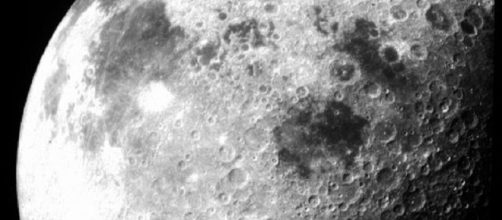Space.com is reporting that Scientists from Brown University have concluded in a recent study that the moon’s mantle may contain a great deal of embedded water. The discovery could be another game-changer where prospects for lunar settlement and Economic Development are concerned.
It’s all in the pyroclastic deposits
Scientists have understood for decades that water is embedded in the form of lunar material called pyroclastic, material that was sent up to the lunar surface from the interior of the moon. Some of the samples taken back to Earth by the Apollo 15 and Apollo 17 missions included pyroclastic materials, the so-called “glass beads” that contained water.
However, no one knew until now whether those samples were localized or whether they were part of a larger, “wet” lunar interior.
The Brown scientists examined some of the data taken from the Moon Mineralogy Mapper on India’s Chandrayaan-1 orbiter. The instrument observed reflected sunlight on the visible and near-infrared wavelengths. The scientists found that the measure of reflected sunlight in pyroclastic deposits on the moon’s surface indicated the presence of either water (H2O) or OH, an isotope comprised of one oxygen and one hydrogen molecule. These findings suggest that water exists in abundance in the moon’s material.
How did the water get there?
Scientists are fairly sure that the moon was formed when a planet the size of Mars collided with the Earth billions of years ago, throwing up enough material to form Earth’s nearest neighbor.
The water that now seems to reside inside the moon likely did not come directly from Earth, as it would have been vaporized. The scientists at Brown theorize that the water came later when the moon was still in a molten state, from comet impacts and was absorbed into the interior of the newly formed satellite.
How the water could further lunar settlement
Space enthusiasts are already excited by the prospect of many tons of water deposited in the permanently shadowed craters at the moon’s poles. Add to that the notion that much more water may reside inside Earth’s nearest neighbor and the concept of a bone dry moon, expensive for human habitation, goes out the window.
The question that arises is: What sort of technology needs to be developed to drill to these water deposits and bring it to the surface?
Also, further studies need to happen to determine the location and concentration of these deposits.
Water can be used for drinking, bathing, and agriculture. It can also be refined into rocket fuel, making the moon a giant gas station for spacecraft headed from Earth to destinations in deep space, particularly Mars. The discovery constitutes a greater argument than ever for a return to the moon -- the sooner the better.


